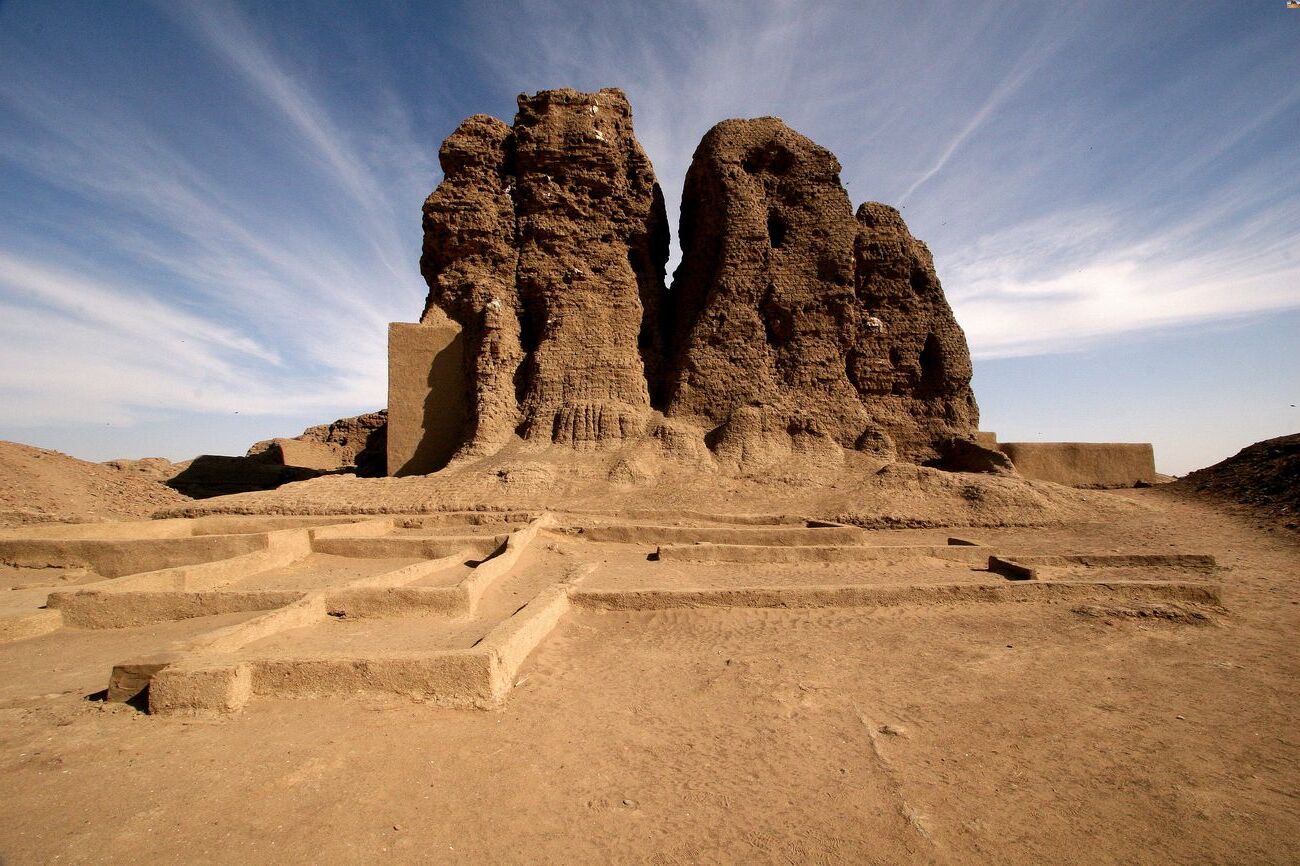
Nestled along the Nile River, south of ancient Egypt, lies the remarkable yet often overlooked Kingdom of Kush. This civilization, thriving from around 1070 B.C. to A.D. 350, boasts a rich tapestry of cultural, military, and architectural achievements that rival those of its northern neighbor. Kingdom of Kush was not just a mere shadow of ancient Egypt but a powerful entity in its own right, known for its formidable archers, monumental pyramids, and significant contributions to the arts and trade. In this introduction, we'll uncover 18 fascinating facts about this ancient African kingdom, shedding light on its history, society, and enduring legacy. From its strategic geographical location to its complex relationship with Egypt, prepare to be transported into the world of the Kushites, where ancient wonders and stories await.
The Rise of the Kingdom of Kush
The Kingdom of Kush, an ancient African civilization, thrived along the Nile River in what is now Sudan. Known for its rich culture and powerful rulers, Kush played a significant role in the history of Africa.
-
The Kingdom of Kush emerged around 1070 BCE after the collapse of the New Kingdom of Egypt. This period marked the beginning of Kushite independence and cultural development.
-
Kushites built their capital at Napata, which became a major center of trade, culture, and political power. Napata's strategic location allowed it to control trade routes between central Africa and Egypt.
-
The Kingdom of Kush is famous for its pyramids. In fact, there are more pyramids in Sudan than in Egypt, with over 200 Kushite pyramids still standing today.
The Golden Age of Kush
During its golden age, the Kingdom of Kush experienced significant growth in wealth, culture, and influence. This period saw the rise of powerful leaders and impressive architectural achievements.
-
King Piye, also known as Piankhi, was one of the most notable rulers of Kush. He conquered Egypt around 727 BCE, establishing the 25th Dynasty and uniting the two lands under Kushite rule.
-
The Kushite pharaohs ruled Egypt for nearly a century, from 747 to 656 BCE. This period is often referred to as the "Kushite Dynasty" or the "Black Pharaohs."
-
The Kushites were skilled ironworkers. They developed advanced techniques for smelting and forging iron, which contributed to their military strength and economic prosperity.
Cultural Achievements and Religion
Kushite culture was a blend of indigenous African traditions and influences from Egypt. Their religious practices, art, and architecture reflect this unique fusion.
-
The Kushites worshipped a pantheon of gods, many of which were borrowed from Egyptian mythology. Amun, the chief deity, was particularly revered and had a major temple at Jebel Barkal.
-
Meroë, another capital of Kush, became a center of learning and culture. It was known for its impressive palaces, temples, and royal baths, showcasing the architectural prowess of the Kushites.
-
The Kushites developed their own writing system, known as Meroitic script. Although it remains largely undeciphered, it is a testament to their intellectual achievements.
Trade and Economy
Trade played a crucial role in the prosperity of the Kingdom of Kush. The Kushites engaged in extensive trade networks that connected them with other African civilizations and beyond.
-
Gold was one of the most valuable resources in Kush. The kingdom's gold mines were a major source of wealth and attracted traders from Egypt and other regions.
-
The Kushites traded ivory, ebony, and exotic animals such as elephants and giraffes. These goods were highly prized in Egypt and the Mediterranean world.
-
Kushite merchants traveled as far as the Red Sea and the Indian Ocean, establishing trade links with Arabia and India. This extensive network facilitated the exchange of goods and cultural ideas.
Decline and Legacy
Despite its achievements, the Kingdom of Kush eventually declined due to internal strife and external pressures. However, its legacy continues to influence African history and culture.
-
The rise of the Axumite Empire in the 4th century CE contributed to the decline of Kush. Axumite forces eventually conquered Meroë, marking the end of the kingdom.
-
The Kushites left behind a rich archaeological heritage, including temples, pyramids, and artifacts. These remnants provide valuable insights into their civilization and way of life.
-
The Kingdom of Kush played a significant role in the development of African art and architecture. Their unique style influenced later African civilizations and continues to inspire contemporary artists.
Rediscovery and Modern Interest
In recent years, there has been a renewed interest in the Kingdom of Kush. Archaeologists and historians are uncovering new information about this fascinating civilization.
-
The pyramids of Kush have become a popular tourist attraction, drawing visitors from around the world. These ancient structures offer a glimpse into the grandeur of the Kushite civilization.
-
Modern archaeological excavations have revealed new details about Kushite society, including their burial practices, daily life, and technological advancements.
-
The Kingdom of Kush is now recognized as an important part of African history. Its contributions to culture, trade, and politics are increasingly acknowledged and celebrated.
A Final Glimpse into the Kingdom of Kush
We've journeyed through the sands of time to uncover the marvels of the Kingdom of Kush. This ancient civilization, with its powerful queens and monumental pyramids, has left an indelible mark on history. From its strategic location along the Nile to its complex relationship with Egypt, Kush exemplifies resilience, innovation, and cultural richness. Its contributions to art, architecture, and governance continue to inspire and inform scholars and enthusiasts alike. As we close this chapter, let's carry forward the legacy of Kush, remembering its pivotal role in shaping the African continent's history. Their story, steeped in mystery and majesty, reminds us of the diverse tapestry of human civilization and the enduring power of legacy.
Was this page helpful?
Our commitment to delivering trustworthy and engaging content is at the heart of what we do. Each fact on our site is contributed by real users like you, bringing a wealth of diverse insights and information. To ensure the highest standards of accuracy and reliability, our dedicated editors meticulously review each submission. This process guarantees that the facts we share are not only fascinating but also credible. Trust in our commitment to quality and authenticity as you explore and learn with us.


